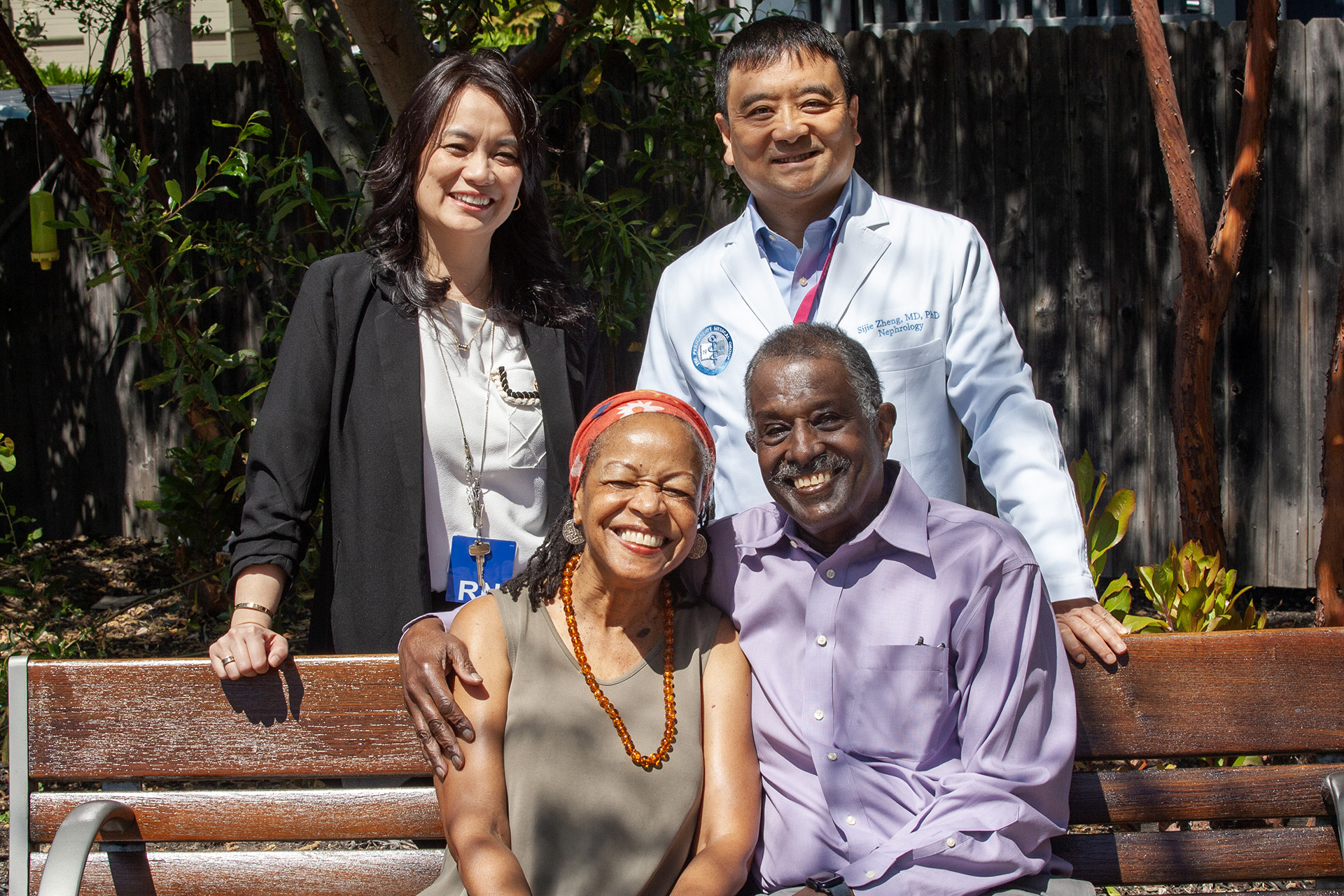All 21 Kaiser Permanente hospitals in Northern California received the American Heart Association/American Stroke Association’s Get With The Guidelines-Stroke Quality Achievement Awards and 20 hospitals earned a place on the Target: Stroke Honor Roll-Elite Plus, the organization’s award for excellence in rapid stroke care.
The American Heart Association distinction recognizes each of the Target: Stroke Honor Roll-Elite Plus Kaiser Permanente Northern California hospitals for reaching an aggressive goal of achieving 85 percent or higher of all the Get With The Guidelines-Stroke achievement indicators for 2 or more consecutive years.
The award recognizes Kaiser Permanente’s commitment to providing the most appropriate stroke treatment according to nationally recognized, research-based guidelines based on the latest scientific evidence.
“It’s proven that getting treatment for stroke quickly is critical to survival and recovery,” said Janet Liang, president, Kaiser Permanente Northern California. “In our Northern California hospitals, we are more than twice as fast as the national average in delivering the clot-dissolving medication for new stroke patients. That’s why this recognition is so meaningful to us — it represents better outcomes and lives saved.”
American Heart Association and American Stroke Association guidelines recommend “door-to-needle” times of 60 minutes or less for intravenous r-tPA, the medication that dissolves the stroke-causing clot and restores blood flow to the brain. However, studies show that less than 30 percent of acute ischemic stroke patients in the United States are currently being treated within this window.
A recently published Kaiser Permanente study in the journal Stroke looked at the adoption of a telemedicine program and standardized treatment protocol for stroke care across Kaiser Permanente’s 21 Northern California hospitals and found that the average treatment time for intravenous r-tPA was 34 minutes—more than twice as fast as the national average.
“What differentiates our program is our integrated approach to care delivery — as we leveraged with this nation-leading stroke care. Our model allows for the quick spread of cutting-edge innovations across all our hospitals,” explained Richard S. Isaacs, MD, executive director and CEO of The Permanente Medical Group. “We have also widely adopted new technology, like telemedicine. This means our patients have access to highly-trained specialists regardless of their physical location.”
All Kaiser Permanente emergency departments in Northern California are equipped with telestroke carts, which include a video camera and access to scans and test results. This technology enables access to a dedicated, specially-trained neurologist who conducts a patient’s neurologic physical exam remotely via video.
The awards were presented to representatives of each of the Kaiser Permanente medical centers during the International Stroke Conference in Los Angeles on January 25.
For more information about recognizing the signs of stroke, visit kp.org/stroke.





This Post Has One Comment
I would to commend the dedication and hard work the CT technologists and all the ancillary imaging department team members provide to ALL of our stroke and cardiac patients.
GO RED!